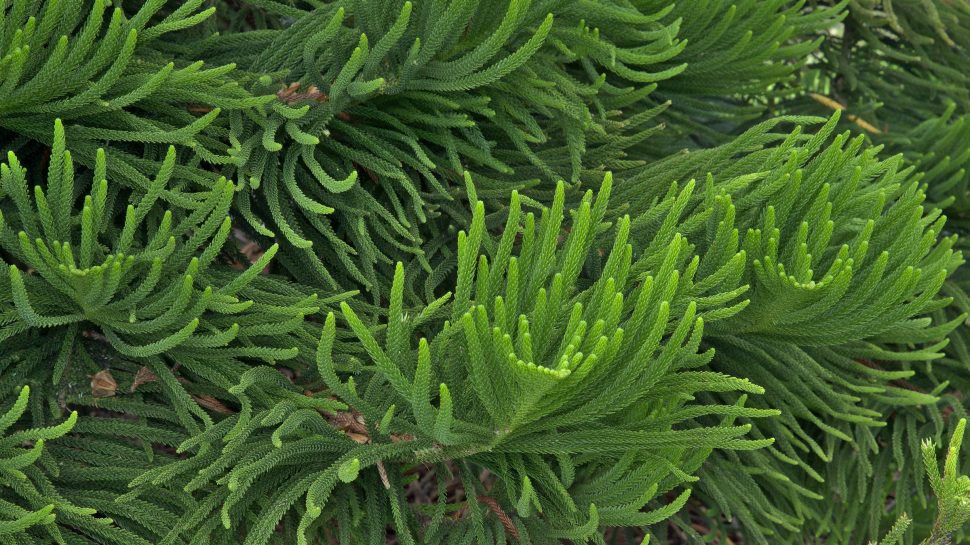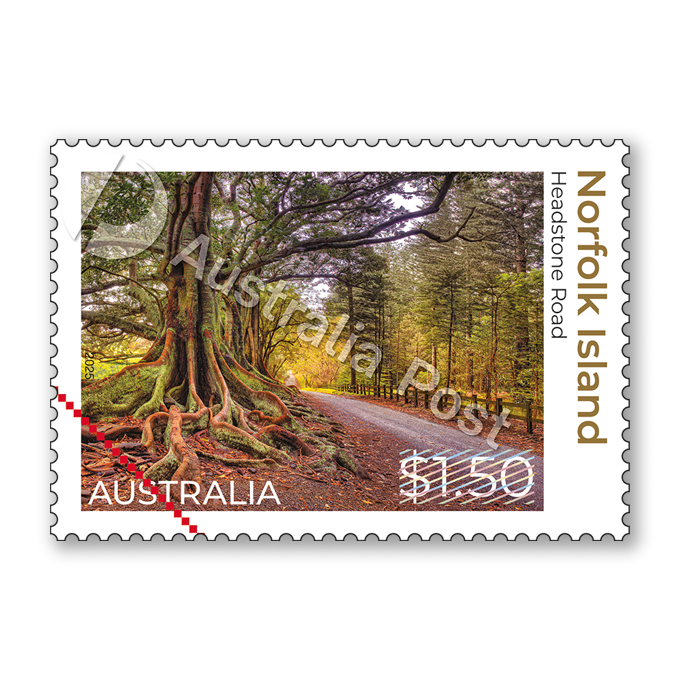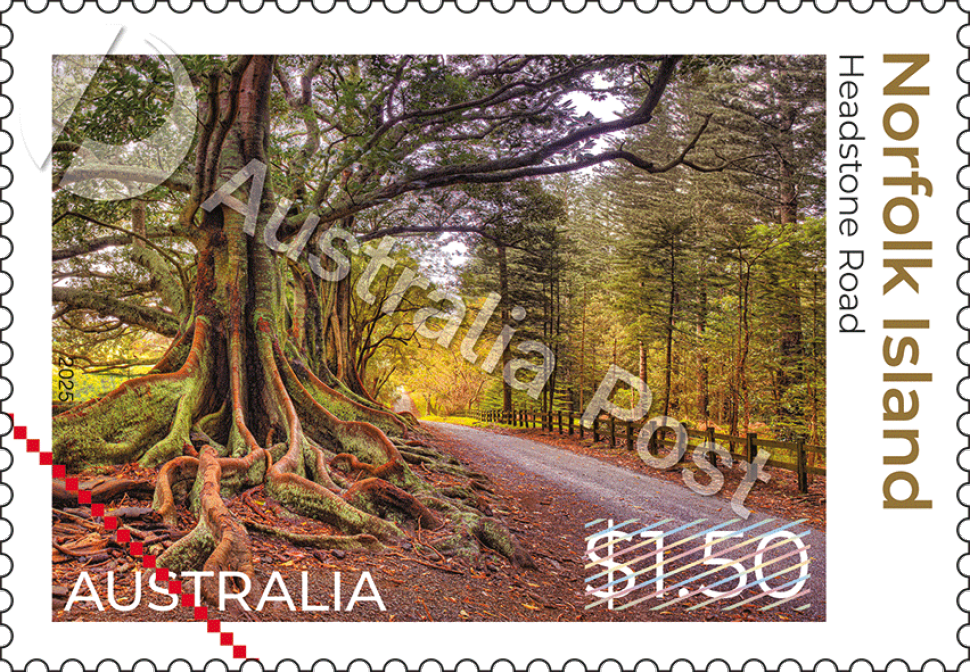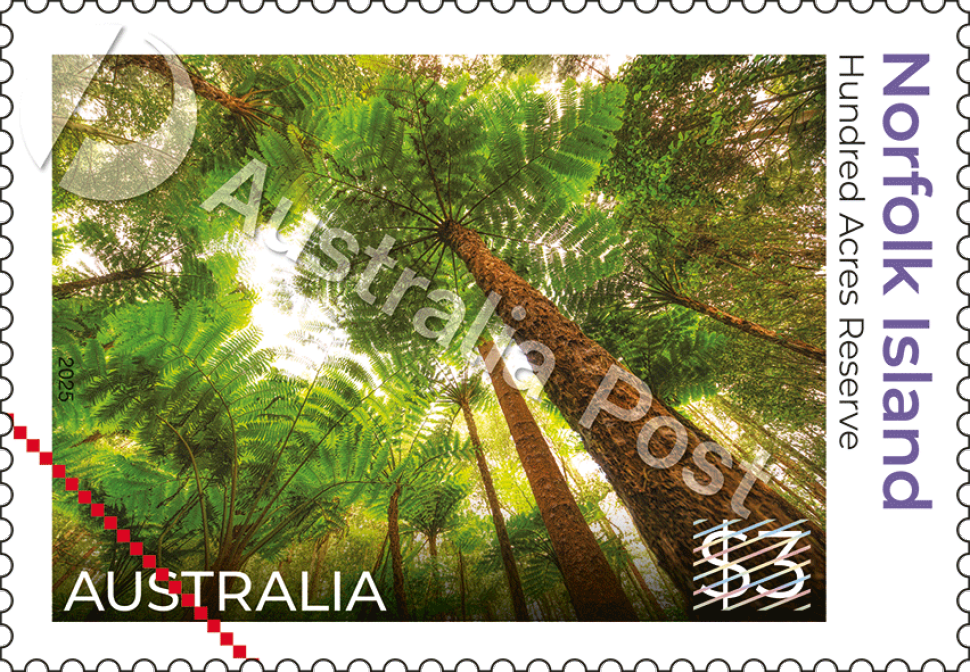Overview
Norfolk Island and neighbouring Phillip Island were formed by volcanic eruptions between 2 and 3 million years ago. Millions of years of weathering of the basaltic rock created a variety of soil types that today support many native and introduced plants and animals.
Until European settlement began in 1788, most of the main island was covered by subtropical rainforest. Thanks to its remote location, Norfolk Island nurtured many unique plant and animal species. Following settlement, much of the island was gradually cleared for agriculture and other purposes, and many areas are now preserved as national parks.
The stamps in this series feature two iconic Norfolk Island plants, one introduced and one indigenous. The minisheet offers a picturesque view of the historical Kingston Common Reserve, with distinctive Norfolk Island Pine trees surrounding a pastoral landscape of gently rolling green hills.
Technical specifications
- Issue date
- 17 June 2025
- Issue withdrawal date
- 1 January 2026
- Denomination
- 1 x $1.50, 1 x $3
- Stamp & minisheet design
- Jonathan Chong
- Product design
- Jason Watts, Australia Post Design Studio
- Paper: gummed
- Tullis Russell 104gsm Red Phosphor / Blue PVA Stamp Paper
- Printer: gummed
- Southern Impact
- Printing process
- Offset lithography
- Stamp size (mm)
- 26 x 37.5
- Minisheet size (mm)
- 135 x 80
- Perforations
- 14.6 x 13.86
- Sheet layout
- Module of 50 (2x 25)
- FDI postmark
- Norfolk Island, NSW 2899
- FDI withdrawal date
- 16 July 2025
$1.50 Headstone Road
This stamp features the famous avenue of Moreton Bay Fig trees Ficus macrophylla along Headstone Road, which also leads to Hundred Acres Reserve. These gargantuan examples of a species introduced from Australia’s east coast are the most-photographed trees on Norfolk Island. Some are believed to be 200 years old.
Photograph by Ian Rolfe Photography: Southern Lightscapes



